On the road from Saint-Louis to Dakar, we reacquainted ourselves with the majestic boabab. We had seen these trees on an earlier trip to Tanzania and it has since been an important African icon in our minds. After weeks of driving through desert landscape, the gradual appearance of trees near the Senegal border was a welcome sight and the baobab, with it striking 'roots-in-the-air' appearance, particularly stands out among the others.
We were on a Sept-place (literally seven-seats) shared taxi. As with their counterparts in other parts of the world, they leave when they are full. The 200 km road from Saint-Louis to Dakar is well paved and going by the progress we made in the initial stages, we thought we would be in Dakar well before the projected 6 hours. Little did we know that before you can make your way down the Cap Vert peninsula (at whose tip lies Dakar), you have to pass through the large sprawling suburbs of Rufisque and Pikine where traffic slows down to a crawl. While slow progress affords good people watching opportunities, being subject to Youssou N’Dour's music, the Senegalese superstar, nonstop for several hours (on a bad speaker nonetheless), is a test of patience.
The biggest and arguably the most developed city in Northwest Africa, Dakar is lively with a lot of street activity. Central Dakar has a few impressive colonial buildings set around the Place de l'Independence, the main city square. The stately Hotel de Ville sits right behind and the train station with an elegant facade lies not too far away. In a departure from other capitals, no one wagged a finger when M whipped out her camera to take a picture of the Presidential Palace. From there, a short pleasant walk to Place Soweto brings you to the National Assembly (at the corner of Nelson Mandela Avenue) and Musee de Dakar. We walked past the heavily fortified US embassy and paused to read the notice board that displayed details on how to apply for a visa to the US.
Continuing west, the Route de a Corniche- Ouest (Western Corniche) is a great place for a view of the Atlantic Ocean. To finish the loop, we walked up Avenue Pompidou in the direction of the city center, not realizing that we were headed directly into the underbelly of the city - seedy surroundings, narrow streets lined with greasy auto-body shops, vendors with few things to sell, hole in the wall cafes and local mini-buses in the worst condition imaginable. Emerging out of there, we walked back to Place de I'Independence through Marche Sandaga, the largest, busiest and most central market in Dakar. Our guidebook warns that this is the market at which you are most likely to have your purse stolen or pocket picked.
Video - Street scene near Avenue Pompidou
Calls for caution are not mis-placed when you are walking around Dakar. One evening as we were leaving for dinner, the security guard at the hotel was concerned that we had our little backpacks draped on our backs. If you absolutely need to take it, at least wear it over your front he insisted. Less worrying but more annoying are street traders and hustlers who call out to you, walk with you and try to engage you in a conversation. Some have something to sell but others are scam artists whose techniques are well documented and easily recognizable. Having to ward off such annoyances frequently and constantly being on guard keeps you on edge when you are out on the streets. Not a relaxing experience for a visitor. V was almost about to shake the hand of one such who called out to us claiming to have known us in Burkina Faso, before M intervened with a timely reminder about these con men.
Among all the French influences on Senegal, the most delightful is the ubiquitous presence of patisseries and boulangeries, most with beautiful window displays. We took a liking to the offerings of a particular 'Salon de The' and made several trips to it in the course of our stay in Dakar. We discovered the pleasures of Bouye (a sweet drink made from the fruit of the boabab), and Bissap (made from hibiscus buds) and indulged as frequently as possible.
A short 30 minute ferry ride from the Port of Dakar is the tranquil Ile d Goree. It is a significant symbol and reminder of the horrors of the slave trade. One of the earliest European settlements along the Senegalese coast, it was an important trading center during the 18th and 19th centuries. Trade included both material goods and slaves. Merchants built houses in which they would live or work in the upper storey and store their 'cargoes' on the lower floor.
La Maison des Esclaves (Slave House), is one of the last remaining 18th century buildings of this type on Goree and is the most famous building on the island. One is allowed to wander through its ill-lit dungeons which served as holding area for slaves before they were shipped out. Slaves were segregated by gender and age and were subject to some of the most abominable and inhuman treatment. A detailed history of the place and the horrors perpetuated here was being narrated in French during our visit and though it was difficult to get all the details, just by walking through the dungeons with rough stone floors and mere slits for windows, gives you some idea of the suffering of the people it held. A doorway opens directly from the storeroom onto the sea and evokes deep emotions.
Today the island is a peaceful place. There are no sealed roads and no cars, just narrow alleyways, colonial brick buildings with wrought-iron balconies and trailing bougainvillea adding color. At the southern tip of the island is the Castel, a Dutch building from the 17th century, that was constructed well before the slave house was built. Walking up the rocky plateau over which it has been built, one has an excellent views over the island and across the water to Dakar. We spent the afternoon walking around quiet and shaded streets of the island before returning to noisy Dakar.
Google Maps Link
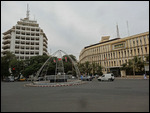


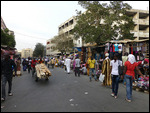


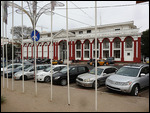


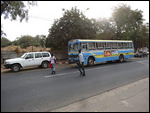
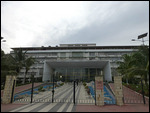

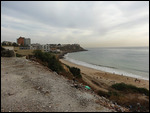
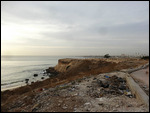
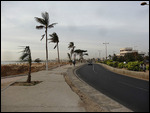

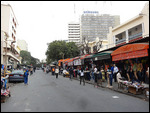
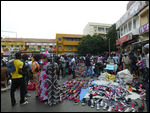
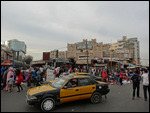
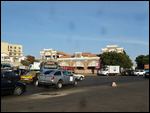

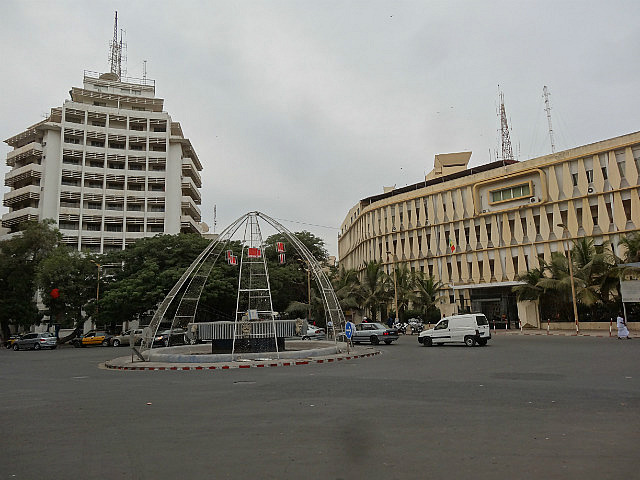
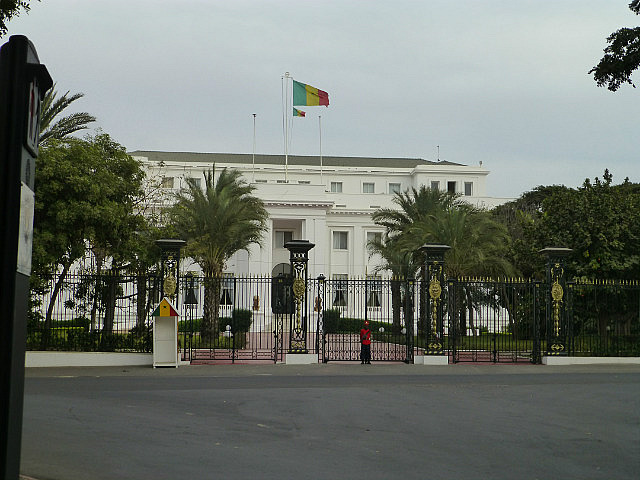
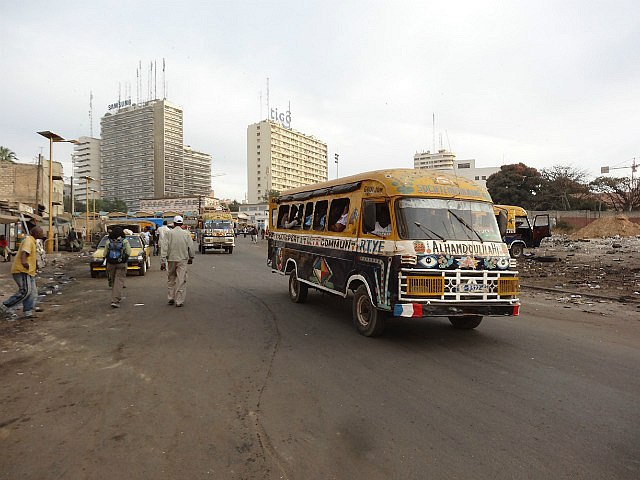
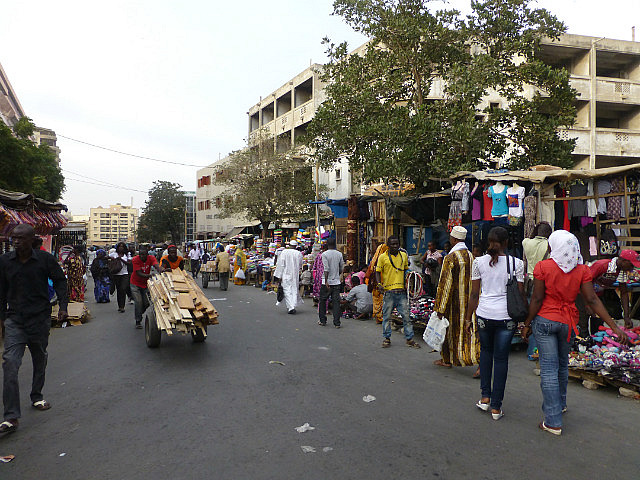


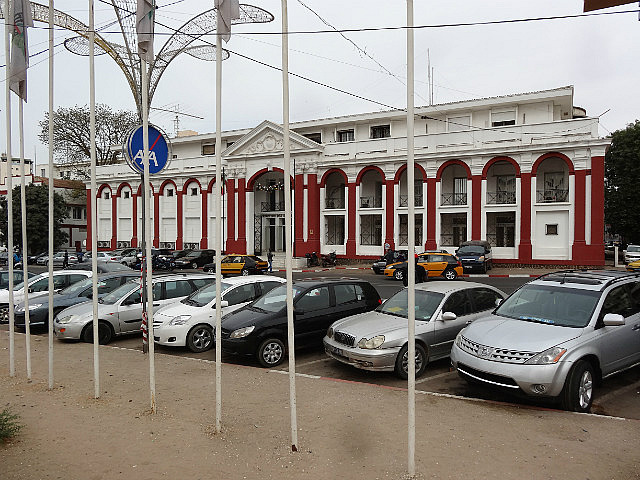
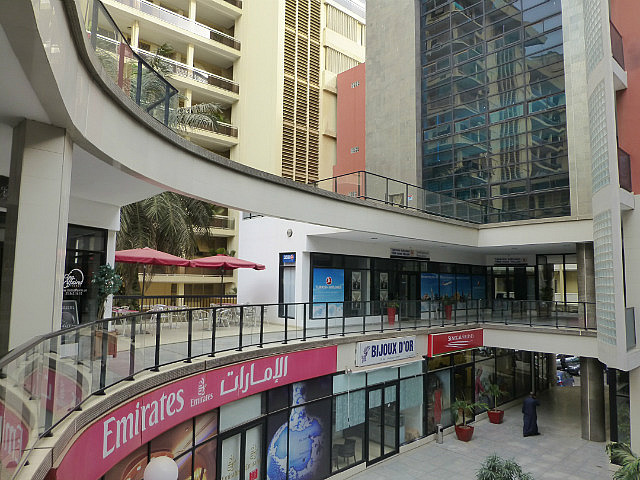
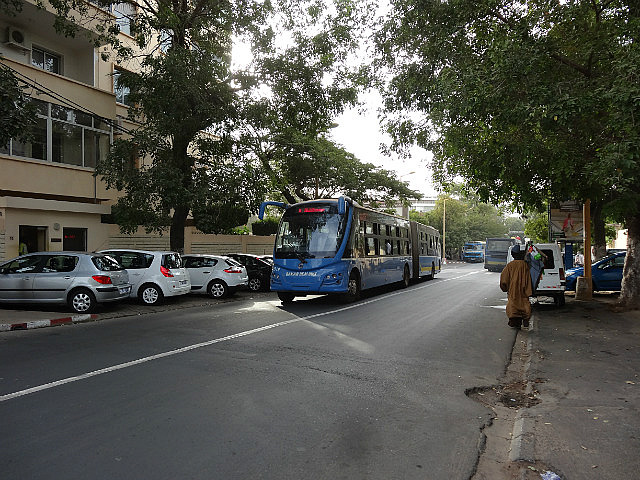
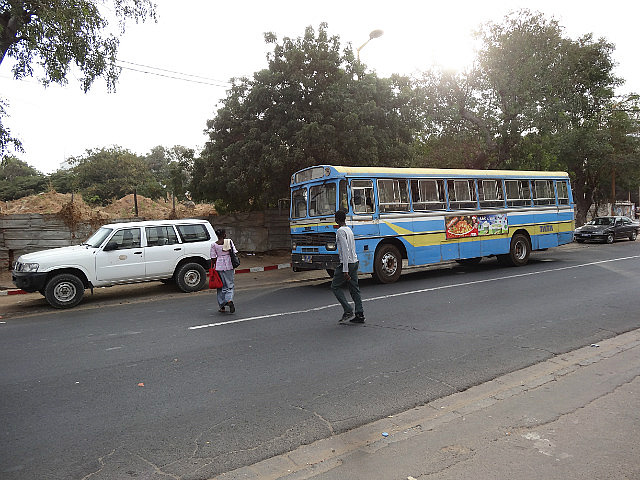
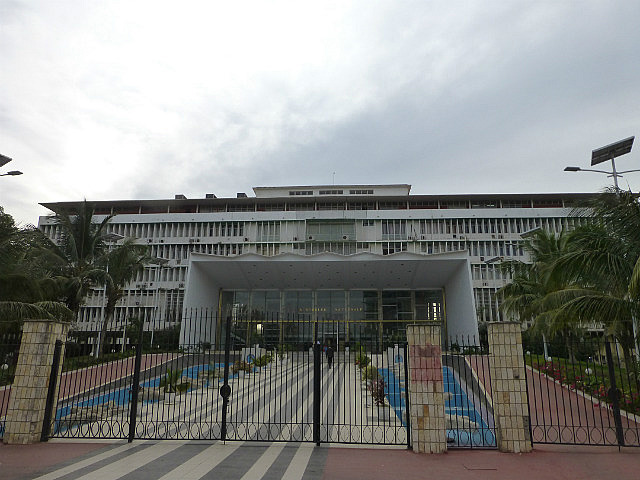

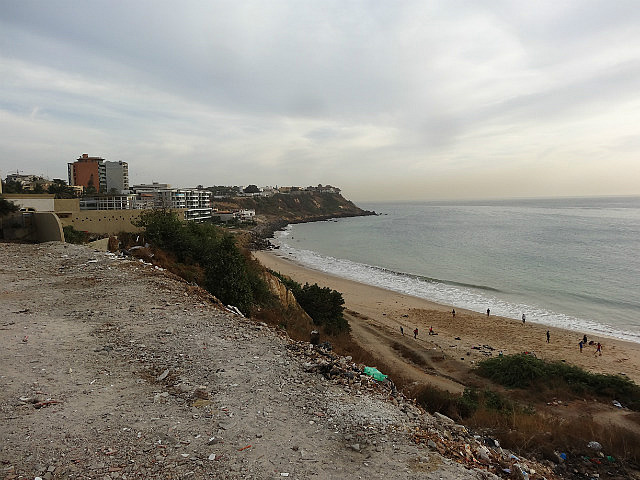
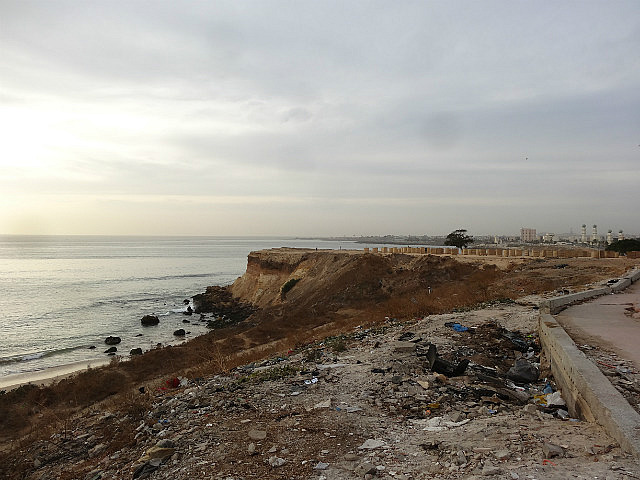
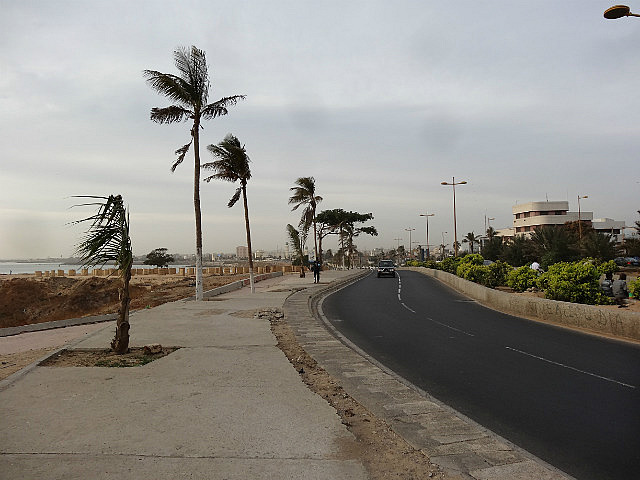
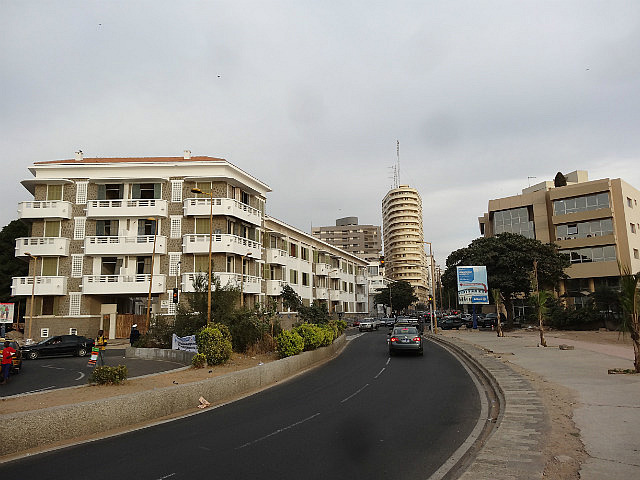
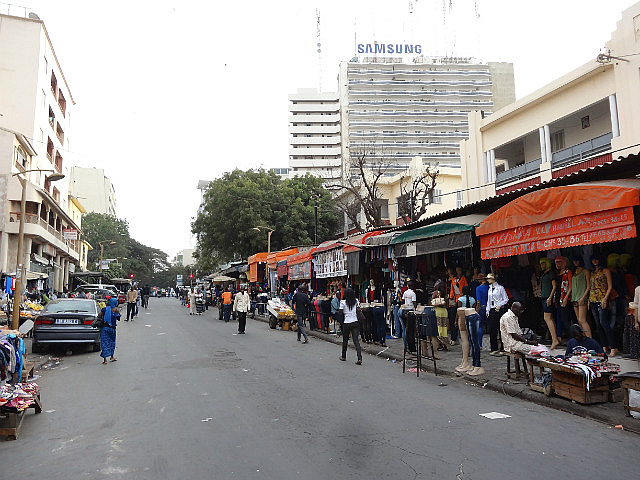
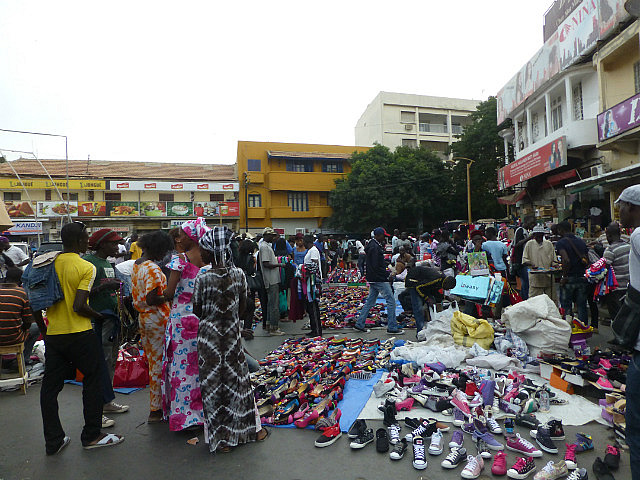
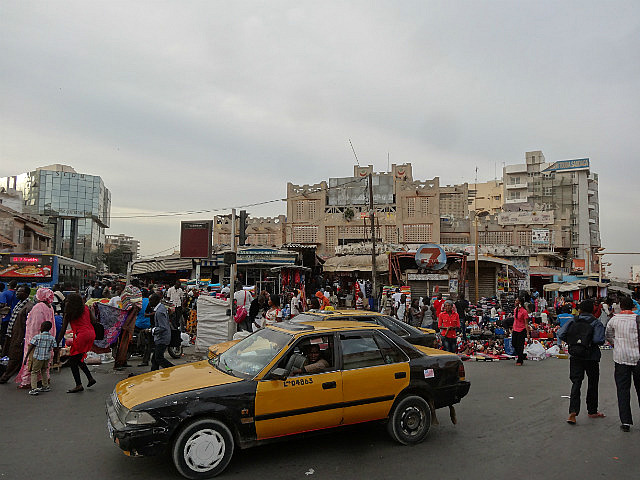

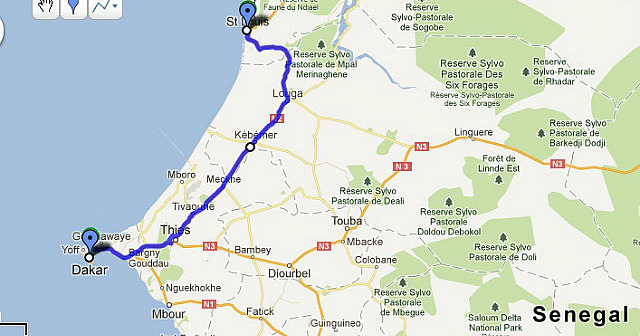
Comments